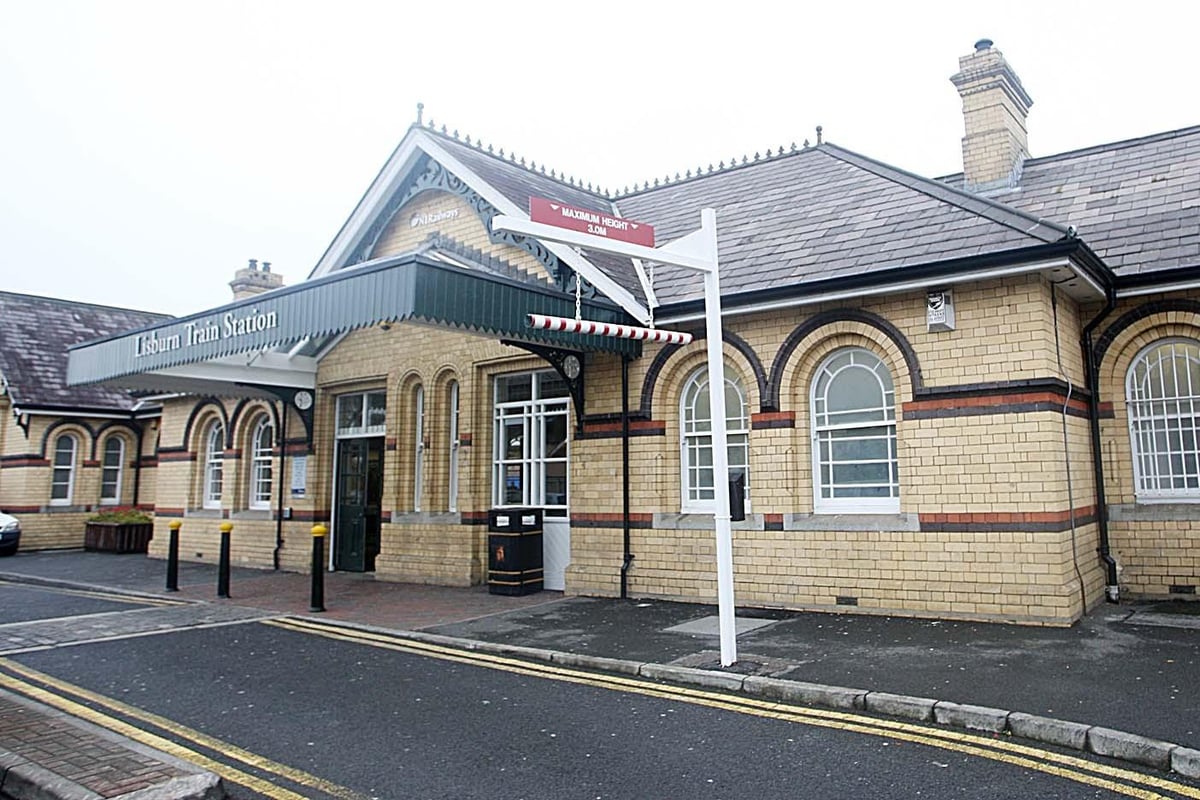Copyright newsletter

The Stockton-Darlington railway in Co Durham, by that brilliant British engineer George Stephenson, revolutionised transport. I want to write about its impact here in the territory that would later become Northern Ireland. The impact of the 20-mile new railway in England was immediate. Within five years, in mid September 1830, a longer line on a more important route, Liverpool to Manchester, also designed by Stephenson, had been opened by the then prime minister and hero of the Napoleonic wars, Lord Wellington. And four years after that the first railway line in Ireland was opened in what is now called Dun Laoghaire (but then had been newly named Kingstown after the visit there of King George IV in 1821). Only another five years was to pass before the first line in Ulster was open, Belfast to Lisburn, August 1839. The route was extended to Lurgan two years later, in 1841, and on to Portadown the next year, then Armagh in 1848. Soon after that there were two railway lines all the way to Drogheda, on the banks of the River Boyne, one from Dublin, one from Belfast. For years, travellers between the two biggest cities in Ireland had to get off their respective trains, travel to the Boyne by cart, cross the river, and travel on to the station on the other site. Then the magnificent Boyne viaduct was opened in 1855, completing seamless Belfast to Dublin rail travel. The Belfast-Dublin route history resonates with me for two reasons. First, because as a boy in the 1970s and 80s I began to notice as a passenger how slow it was when my parents drove us between Belfast and Dublin on the feeble single-lane roads, amidst tractors. When I began reporting from Belfast early this century I wrote incessantly on the painfully slow progress towards a proper expressway road link between the two capitals, something that was not properly achieved until the completion of the Newry dual carriageway bypass in 2010. That current road is not what it could have been (a full motorway) because we did not accept tolling in NI to fund motorways, but it is far better than the inadequate old route of the 1980s. Second, the Belfast-Dublin viaduct story resonates with me because I grew up on the Bangor to Belfast railway line and have enjoyed taking trains on that route ever since, even though I no longer live on it. As a teenager I often hung out at Helen’s Bay railway station, as many teens did, only later coming to understand that it had in essence been a private railway station built for the Marquess of Dufferin, a remarkable man who held some of the most prestigious posts in the British Empire, including Governor of Canada, ambassador to Italy, to Russia, to France, to Constantinople and later Viceroy to India. Born in 1826, he had in his late 30s (in 1865) a mile-long personal carriageway to whisk him from the new train station to his country mansion at Clandeboye. Another thing I did not understand when I was younger was why the original Belfast to Bangor rail line at first only went as went as far as Holywood. That initial stretch opened in 1848, as part of the flurry of new train lines opened in the aftermath of the Stockton-Darlington, Kingstown and Lisburn routes. It was only extended to Bangor in 1865 when engineers had found a way to traverse the vast glen in Crawfordsburn (if you have not been, go to Crawfordsburn and walk down into the wood of the country park from the village and you will see that Victorian marvel, the viaduct, that made possible a train route between the ancient settlements of Belfast and Bangor. The impact of the stunning Stockton-Darlington transport breakthrough both here in Ulster and Europe and America was immense. I often consider events through the prism of the News Letter, which turned 288 last week. Imagine a man born 300 years before me (I was born 1971), who fights in the 1690 Battle of the Boyne age 19, who lives to read early editions of the News Letter, after our September 1737 launch when he is age 66, Imagine his granddaughter is born that same autumn, and she lives to see, aged 101, the first train travel from Lisburn to Belfast in summer 1839. There have been a few transport revolutions since then, including flight in 1903. I am relieved to note that trains are popular again now in NI. As recently as the early 2000s, Stormont thought it might have to close parts of our small rail network. What a tribute to George Stephenson, and his first train.



